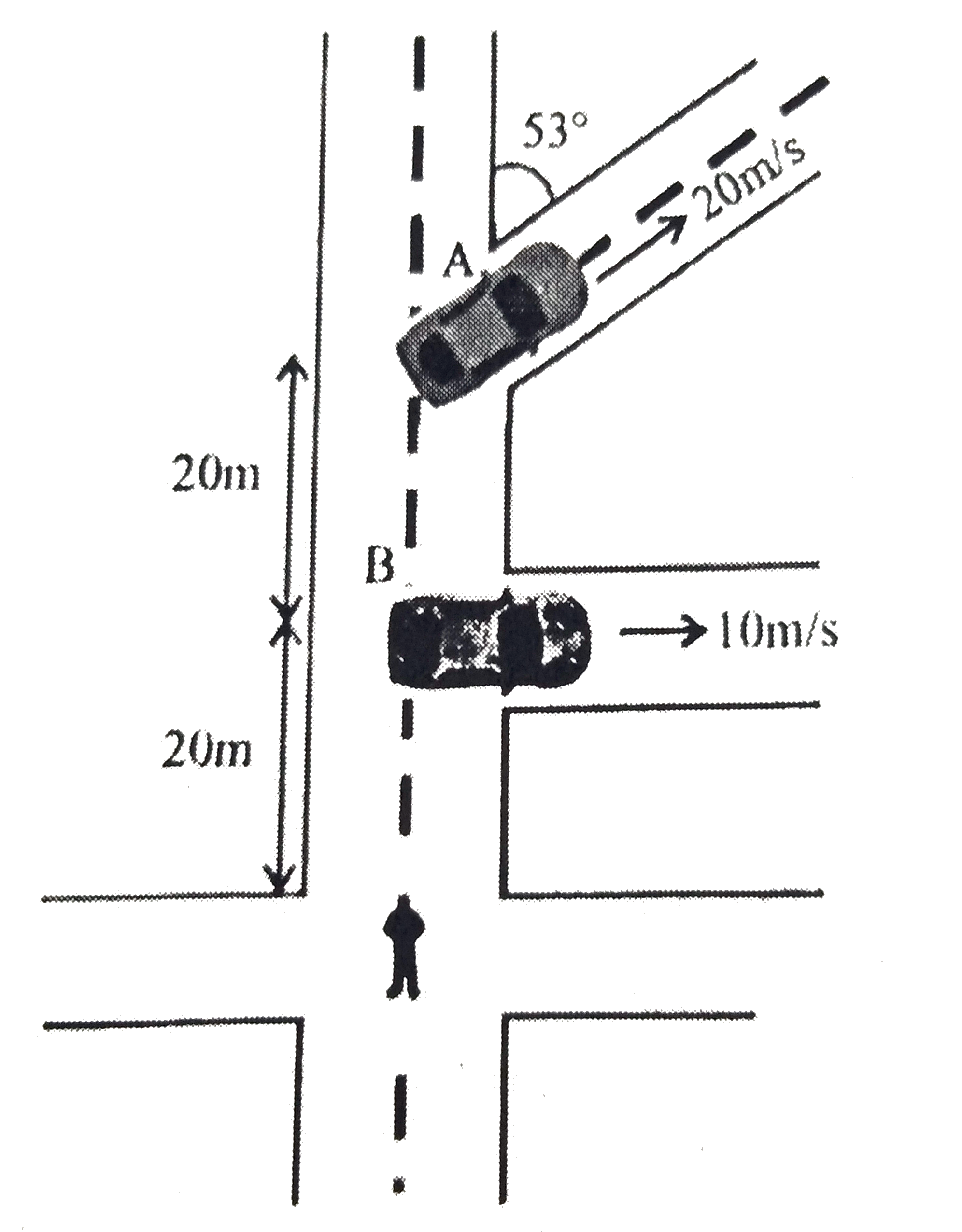Traffic policeman in Tokyo
Wears gas mask
required daily oxygen treatment
Suffers from black lung disease
all the above
The correct Answer is:B
Step-by-Step Solution:
1. Understand the Context: The question refers to the conditions faced by traffic policemen in Tokyo, a city known for its high levels of air pollution.
2. Identify the Pollutants: Recognize that Tokyo has significant air pollution, which includes pollutants like nitrogen oxides, sulfur oxides, and hydrocarbons. These pollutants can affect air quality and the health of individuals exposed to them.
3. Impact on Health: Acknowledge that prolonged exposure to these pollutants can lead to health issues, including respiratory problems. This is particularly relevant for traffic policemen who work outdoors and are exposed to these pollutants for extended periods.
4. Consider the Options:
- Option A: Wears gas mask - While this might be a precaution, it is not a standard requirement for all traffic policemen.
- Option B: Require daily oxygen treatment - This option suggests that due to the polluted environment, they may need supplemental oxygen to maintain healthy oxygen levels.
- Option C: Suffers from black lung disease - This is typically associated with coal dust exposure, not specifically with urban air pollution.
- Option D: All of the above - This would imply that all previous statements are correct.
5. Evaluate the Best Answer: Given the context of air pollution in Tokyo and its effects on health, the most accurate answer is that traffic policemen require daily oxygen treatment to counteract the effects of pollution on their respiratory health.
6. Conclusion: Therefore, the correct answer is Option B: require daily oxygen treatment.
- Option A: Wears gas mask - While this might be a precaution, it is not a standard requirement for all traffic policemen.
- Option B: Require daily oxygen treatment - This option suggests that due to the polluted environment, they may need supplemental oxygen to maintain healthy oxygen levels.
- Option C: Suffers from black lung disease - This is typically associated with coal dust exposure, not specifically with urban air pollution.
- Option D: All of the above - This would imply that all previous statements are correct.
Topper's Solved these Questions
- BOOK - DINESH PUBLICATION ENGLISHCHAPTER - ENVIRONMENTAL ISSUESEXERCISE - Assertion and reason246videos
ENVIRONMENTAL ISSUES
- BOOK - DINESH PUBLICATION ENGLISHCHAPTER - ENVIRONMENTAL ISSUESEXERCISE - Model test paper-1100videos
ENVIRONMENTAL ISSUES
- BOOK - DINESH PUBLICATION ENGLISHCHAPTER - ENVIRONMENTAL ISSUESEXERCISE - Check your grasp18videos
ENVIRONMENTAL ISSUES
- BOOK - DINESH PUBLICATION ENGLISHCHAPTER - ECHINODERMATAEXERCISE - REVISION QUESTIONS65videos
ECHINODERMATA
- BOOK - DINESH PUBLICATION ENGLISHCHAPTER - EVIDENCES OF EVOLUTIONEXERCISE - CHECK YOUR GRASP19videos
EVIDENCES OF EVOLUTION
Similar Questions
A traffic policeman standing at the intersection sees 2 cars A & B turning at angles 53∘&90∘ respectively (as shown in the figure). Their velocities are VA=20m/s, VB=10m/s. Then, which car appears to be moving faster to the traffic policeman:-
 View Solution
View SolutionA traffic policeman standing on a road sounds a whistle emitting the main frequency of 2.00 kHz. What could be the apparent frequency heard by a scooter driver approaching the policeman at a speed of 36.0kmh−1? Speed of sound in air =340ms−1.
View Solution
Knowledge Check
- Question 1 - Select One
Read the given statements and select the correct option.
Statement 1 : Traffic jams are likely to cause giddiness, exhaustion, reduced vision, etc.
Statement 2 : Carbon monoxide from vehicles causes these problems by reducing O2-carrying capacity of haemoglobin.ABoth statements 1 and 2 are correct.BStatement 1 is correct but statement 2 is incorrectCStatement 1 is incorrect but statement 2 is correct.DBoth statements 1 and 2 are incorrect.
Micro policeman of blood :−
View SolutionMacro policeman of blood :−
View SolutionA motor car is approaching towards a crossing with a velocity of 72 km h−1 . The frequency of the sound of its horn as heard by a policeman standing on the crossing is 260 Hz. The frequency of horn is
View SolutionThe traffic police recorded the speed (in km/hr) of 10 motorists as 47, 53, 49, 60, 39, 42, 55, 57, 52, 48. Later on an error in recording instrument was found. Find the correct average speed of the motorists if the instrument recorded 5 km/hr less in each case.
View SolutionDiscuss Ion Traffic into the Root.
View Solutionwhat is the function of the leaves in plants.
View SolutionThe number of challans that are issued per day by the traffic police for traffic violations committed by people at a certain road over two weeks is as follows:
First week: 0,5,10,6,3,4,7
Second week: 2,6,5,3,7,5,0
Find mean, median, and mode of the number of challans issued per day for each week.View Solution

